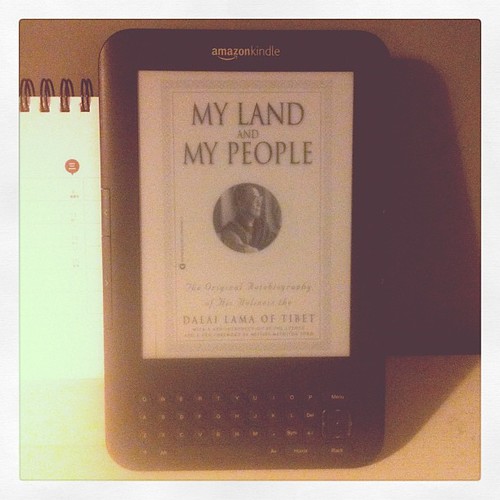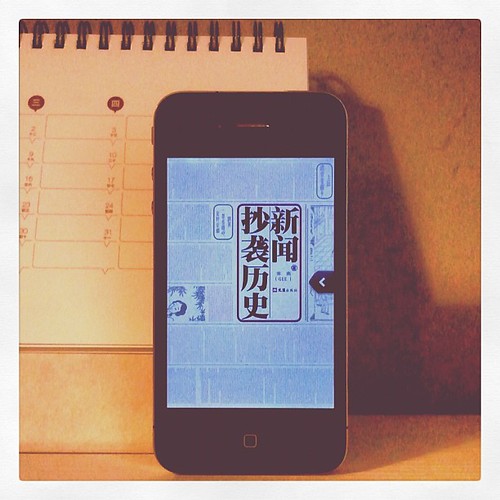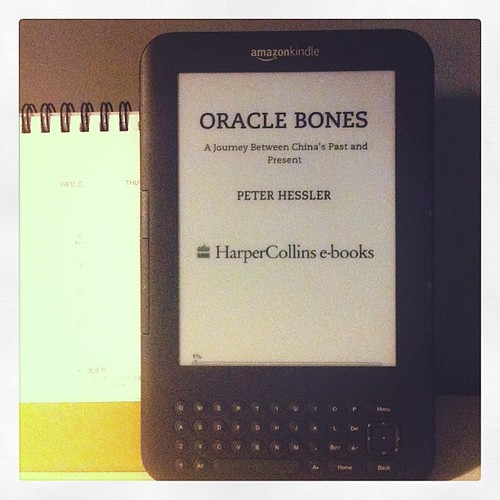No wonder why I purchased this book. But the Dalai Lama is always a mystery to me. That could be the reason why I spent some dollars three months ago.
For some reason, I’d like to write this post in English. This is the “one more thing” I learned from Dalai lama. If you want to be really popular, you’d better learn to speak and write in English.

- My Land and My People by His Holiness the Fourteenth Dalai Lama of Tibet
Since Dalai Lama is still a taboo in mainland china. His books are literally not available anywhere. When I visited Seattle in 2009, I had the chance to purchase one copy of The Art Of Happiness. It’s a printed book. There’s a picture of Dalai Lama on the cover. It’s hard to hide that in public. Therefore, I didn’t finish that book till today. Thanks to Kindle, the book finally has a disguise. Nobody could guess what I was reading. I can read Dalai Lama’s book in a place like Tian’anmen Square (It’s a political joke which foreigners hardly understand.).
Dalai Lama was not a daily topic in public propaganda. I can’t remember the first time when I heard his name. But I bet it came with terms like “reactionaries” and “secessionists”. When I have access to internet in late 1990s, I was somehow confused. Dalai Lama was not a bad figure overseas. He looks like an ordinary old man, a highly knowledgeable monk and nice guy. But why his name must be censored? I got no answer. I even didn’t know he is a laureate of the Nobel Peace Prize until the 2008 Tibet unrest. This ignorance made me sad and angry. That’s why most books I read on Kindle are biographies and memoirs.
Continue reading “My Land And My People: A book review”





